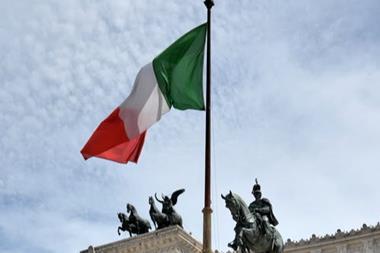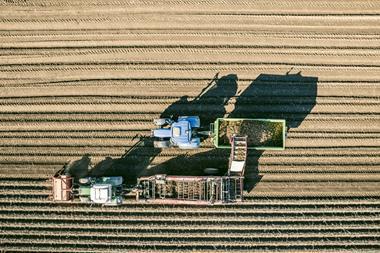Austrian Pensionskassen returned 7.85% on average over 2014, bringing the long-term average since the early 1990s to 5.71%.
The pension funds are now managing €19.5bn in assets in total, a 9% year-on-year increase.
There was a “wide spread” of the different Pensionskassen in terms of performance, but Andreas Zakostelsky, chairman of the Austrian pension fund association FVPK, declined to provide details on the range of returns.
However, he confirmed that no pension fund produced a negative result, and that all had performed either “very well or very, very well”.
For the Valida Pensionskassen – part of the Valida Group, at which Zakostelsky is chairman of the board – he reported a 9.1% return.
He said it had been the “traditional asset classes” that drove performance in the Austrian pension fund market overall, as real estate “still does not have more weight in the portfolios”, and exposure remains at around 5%.
In recent years, analysts have predicted an increase in Austrian schemes’ real estate allocations, but Zakostelsky said he did not see that happening “over the medium term” – and perhaps only once higher-yielding bonds began to mature.
In 2014, it had been mainly core European bonds, acquired several years ago, that helped the Pensionskassen’s performance, he said.
Additionally, returns came from exposure to bonds from Europe’s periphery, which make up around 10% of Austrian portfolios, compared with 2-3% in previous years.
As for equities, Zakostelsky cited US stocks as the main performance drivers apart from emerging market and other non-European shares.
In total, 840,000 Austrians are covered by a Pensionskasse, representing approximately 20% of employees.
Once again, the FVPK repeated its demand to introduce the EET system in the Austrian second pillar, making contributions by employees tax deductible, not only those from employers.
Zakostelsky said he was convinced this would make the second pillar more attractive, encouraging employers to introduce such systems for occupational pension provision.
The FVPK pointed out that, to set up such a system, an employer still has to pay a 2% minimum contribution to a Pensionskasse.
For SMEs, this minimum “should be lower”, Zakostelsky said.












No comments yet